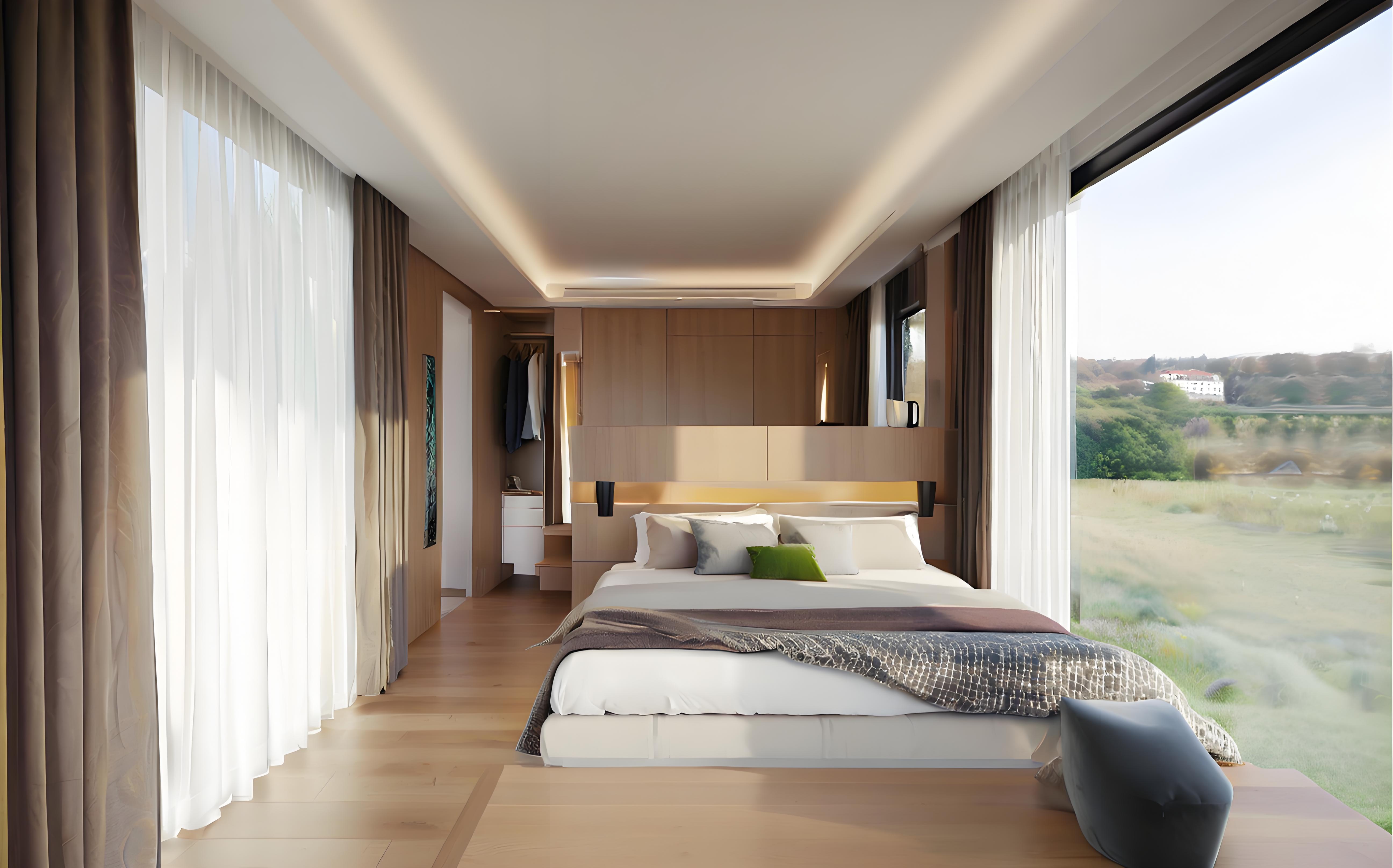🚀 【Efficient Space Utilization · A New Choice for Urban Travel】
🌐 Central City Layout: Mostly located near transportation hubs or popular tourist attractions, solving the problem of "difficult accommodation in high-price areas".
📦 Modular Design: Integrating Nordic minimalism and Japanese storage aesthetics, 5-8㎡ space achieves multi-functional integration of sleeping, working, and storage.
💡 【Technology Empowering Experience · Futuristic Feel】
🤖 Intelligent Interaction System: Voice-controlled lighting and temperature, AI concierge recommending local itineraries (e.g., New York's space pods are connected to the metaverse tour guide).
🛋️ Immersive Sleep Pods: Equipped with noise-cancelling technology and zero-gravity mode mattresses, offering sleep quality comparable to high-end hotels.
🌱 【Sustainable Travel · Environmental Concepts Put into Practice】
♻️ Low-carbon Operation: Solar power supply and recycled water systems are standard in European and American space pods, aligning with the environmental consumption values of Generation Z.
📉 Reducing Resource Waste: Hourly billing model lowers vacancy rates. Data from the Dutch "Starsleep" shows that energy consumption is 62% lower than that of traditional hotels.
💰 【The King of Value for Money · Friendly to Young Groups】
🎒 Preferred by Backpackers and Digital Nomads: The average price of space pods in popular Southeast Asian cities is $30 per night, including free shared office areas.
🎁 Value-added Service Packages: Tokyo's "Orb Inn" offers a package of capsule pods + weekly subway card + ramen coupons, saving 40% in costs.
🪐 【Breaking the Ice in Social Interaction · New Scenarios for Cultural Integration】
🧑🤝🧑 Themed Social Pods: Berlin's space pods feature an "Interstellar Lounge", combining VR games to promote cross-cultural communication.
🎨 Local Art Integration: The exterior of the pods in Barcelona is created by local graffiti artists, becoming a popular photo spot.
📌 Trend Insight: By 2025, the global space pod accommodation market size is expected to grow by 27% year-on-year. The core advantage is evolving from "basic functional type" to "technology + humanistic experience type", becoming a key force in reshaping urban micro-travel.


